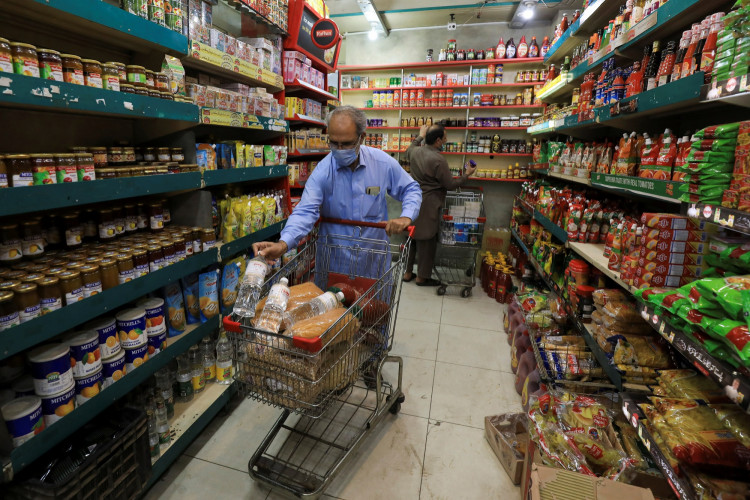Following India's ban on certain rice exports this summer, global rice prices have neared their highest levels in fifteen years.
Adding to market concerns, since 2020, the rice cultivation area in Thailand, the world's second-largest rice exporter, has been steadily shrinking. In August of this year, Thailand's rice cultivation area decreased by 14.5% compared to the previous year.
Experts believe that Thailand's centuries-old rice cultivation system is under severe pressure from climate change, unsustainable agricultural debt, and a lack of innovation, making Thai farmers reluctant to plant rice.
Despite the Thai government providing farmers with subsidies exceeding $30 billion over the past decade, debt-ridden Thai farmers continue to struggle. One consequence of these large-scale subsidies, experts say, is an insufficient investment in agricultural research and development, leading to decreased productivity. Government data in Thailand indicates that many farming families have been economically burdened after borrowing money to plant crops, with debts spanning several generations.
Thai agricultural expert Somporn Isvilanonda noted that the reduction in cultivated land could lead to a significant drop in Thailand's rice output, exacerbating the already severe global food inflation and placing new economic pressures on billions of consumers who rely on rice as a staple.
Data from Krungsri Research shows that in 2022, Thailand exported 7.7 million tons of milled rice to countries in the Middle East, Asia, and Africa.
For millions of Thai farmers, the current sharp rise in rice prices offers a narrow window to escape a life crushed by debt. If this year's rice harvest is bountiful, the purchase price could be double or even triple that of most years.
However, climate change might dash the hopes of these Thai farmers once again.
The National Knowledge Network Institute of Thailand stated that due to the lack of rainfall and irrigation sources brought about by climate change, there's a reduction in rice cultivation areas.
According to Thai government forecasts, water shortages in the country may worsen by 2024 due to intensified droughts caused by El Niño. This means farmers won't be able to capitalize on the opportunity to produce rice at high prices. Some institutions predict that due to water scarcity, Thailand's rice production will drop by about 30% over the next two seasons.
Donghai Securities' global food forecast for September indicates that the gap between production and demand is widening due to continued downward adjustments in India's rice export expectations. The institution estimates that the global rice production for 2023/24 will be 518 million tons, a 0.88% year-on-year increase, but a 0.55% decrease from last month's forecast. In terms of stock, the end-of-year global rice inventory for 2023/24 is projected to be 168 million tons, a 2.69% year-on-year decrease and a 2.43% drop from last month's forecast.
Donghai Securities predicts that the rice production for India and Thailand in 2023/24 will be 132 million tons and 20 million tons, respectively, representing month-on-month decreases of 1.49% and 1.02% from their previous forecasts.






